For most geologists, thoughts of South Africa are comprised of kimberlites, chromite seams, and gold. This post has nothing to do with any of those things. Along the east coast of SA near Durban is a suite of Mesoproterozoic granitoids and high-grade metamorphic rocks called the Natal Belt that were emplaced during the collision of the Kalahari Craton and Antarctica with several island arcs squooshed in between. These rocks are found in the KwaZulu-Natal State where the landscape is dominated by the inland tribal land of the Zulu tribes and a coastal paradise filled with tourists. The Zulu lands are incredibly diverse, from mountain deserts to lush river valleys.
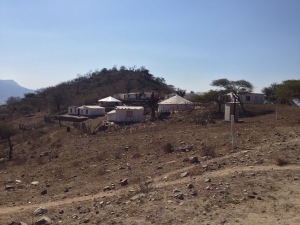 |
| Typical Zulu dwelling |
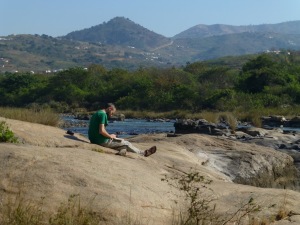 |
| The only place to find unweathered outcrop is in the river valleys and the coast. |
The geology in KZN (kay-zed-en) extremely diverse. From the youngest Jurassic lava flows which cap the Drakensberg Mountains to the Archean Kaapvaal craton. In the middle of all of this is the Natal belt, which is a Mesoproterozoic igneous and metamorphic complex formed through the accretion of three volcanic island arc terranes. The granitoids (my current focus) have some very interesting lithologies resulting from the unique conditions during which they were emplaced. Lithologies include, charnockites, syenites, monozites, and good ole granites.
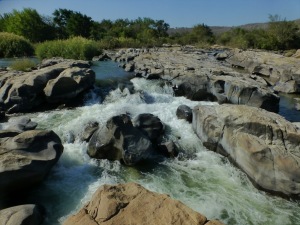 |
| Typical riverside outcrop. |
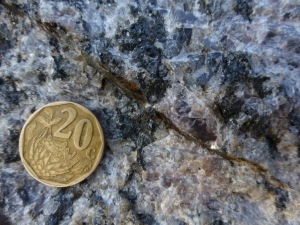 |
| Charnockite! Plagioclase + Orthoclase + Quartz + PYROXENE |
As explained very nicely by Siim Sepp (here), a charnockite is a pyroxene-bearing granitoid. It was first named by Sir Thomas Holland who first identified this rocktype from the gravestone of Job Charnock (1630–1692) in Kolkata, India. Charnockites are formed at high pressures with minor hydrous phases. There is some discussion as to the origin of charnockites and to date there seems to be some agreement that they fall into one of three classifications: magmatic, fluid, and thermal. The former being purely igneous and the latter two are metamorphic. As far as I am aware, charnockites are the only rock that can form through both igneous and metamorphic processes.
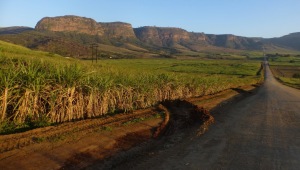 |
| Sugar cane fields. In the evening the fields smell of caramel and molasses. |
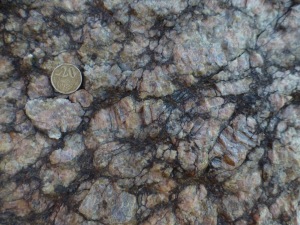 |
| Highly weather porphyritic granite |
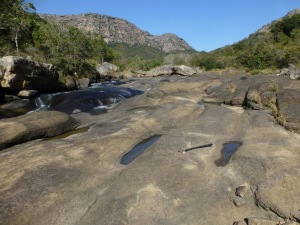 |
| In the Oribi River Gorge. Difficult to sample fresh surfaces in the river bed. |
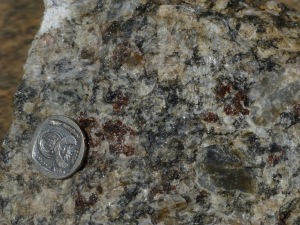 |
| Garnets! (dark red minerals) |
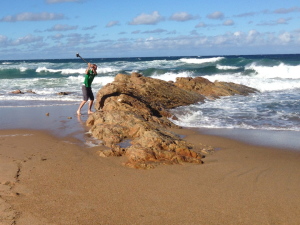 |
| Sampling in the surf. Life doesn’t get much better. |
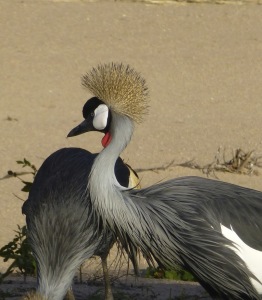 |
| South Africa’s national bird: the Blue Crane |
 This work is licensed under a Creative Commons Attribution-NonCommercial-ShareAlike 4.0 International License.
This work is licensed under a Creative Commons Attribution-NonCommercial-ShareAlike 4.0 International License.










![]() This work is licensed under a Creative Commons Attribution-NonCommercial-ShareAlike 4.0 International License.
This work is licensed under a Creative Commons Attribution-NonCommercial-ShareAlike 4.0 International License.